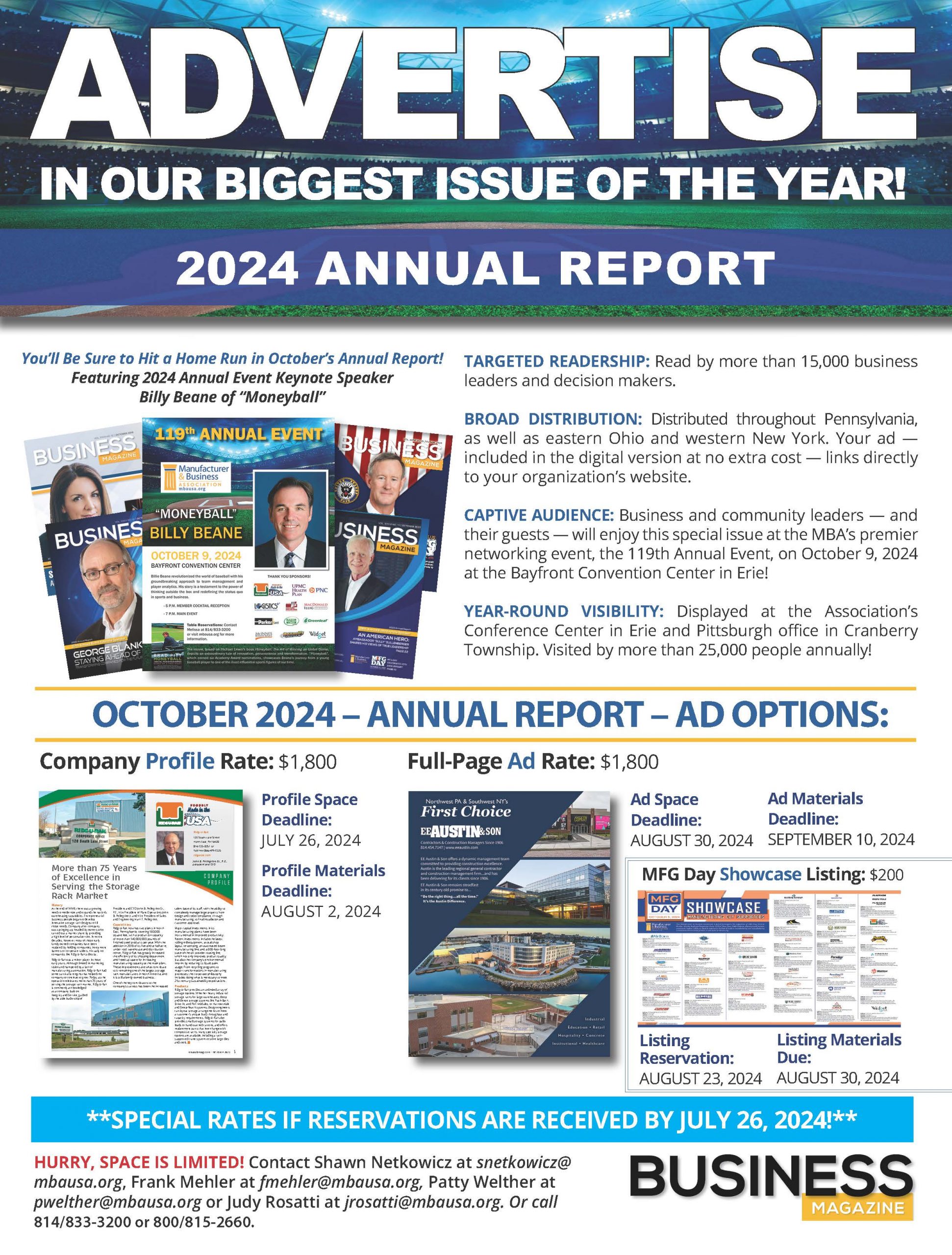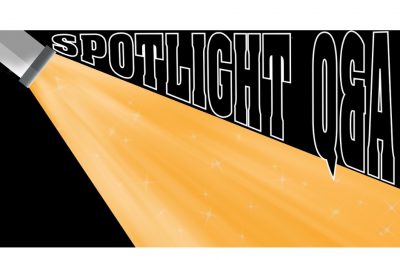The Department of Health & Human Services (HHS) has finalized the 2017 out-of-pocket maximums of $7,150 for single coverage and $14,300 for family coverage. The limits are an increase from $6,850 for individuals and $13,700 per family in 2016.
Effective for plan years beginning on or after January 1, 2014, the Affordable Care Act (ACA) imposes annual in-network out-of-pocket (OOP) maximums on the amount that an enrollee in a non-grandfathered health plan, including self-insured and large group health plans, must pay for essential health benefits (EHB) through cost-sharing.
The OOP maximum includes the annual deductible and any in-network cost-sharing obligations members have after the deductible is met. Premiums, pre-authorization penalties and OOP expenses associated with out-of-network benefits are not required to be included in the OOP maximums.
Employers offering high-deductible health plans should also be mindful of the embedded OOP maximum requirement. Beginning in 2016, all non-grandfathered health plans, whether self-funded or fully insured, must apply an embedded OOP maximum to each individual enrolled in family coverage if the plan’s family OOP maximum
exceeds the ACA’s OOP limit for self-only coverage (for example, $7,150 for 2017).
The ACA-required embedded OOP maximum is a new and often confusing concept for employers offering a high-deductible health plan (HDHP). This is because prior to ACA, HDHPs commonly imposed one overall family OOP limit on family coverage without an underlying individual OOP maximum for each covered family member. HDHPs must now comply with the IRS deductible and OOP parameters for self-only and family coverage in addition to ACA’s OOP embedded single limit requirement.
Melissa Damico is manager of Client Services for the Manufacturer & Business Association Insurance Agency (MBAIA) and a licensed insurance agent. Contact her at 814/833-3200, 800/815-2660 or mdamico@mbausa.org.












